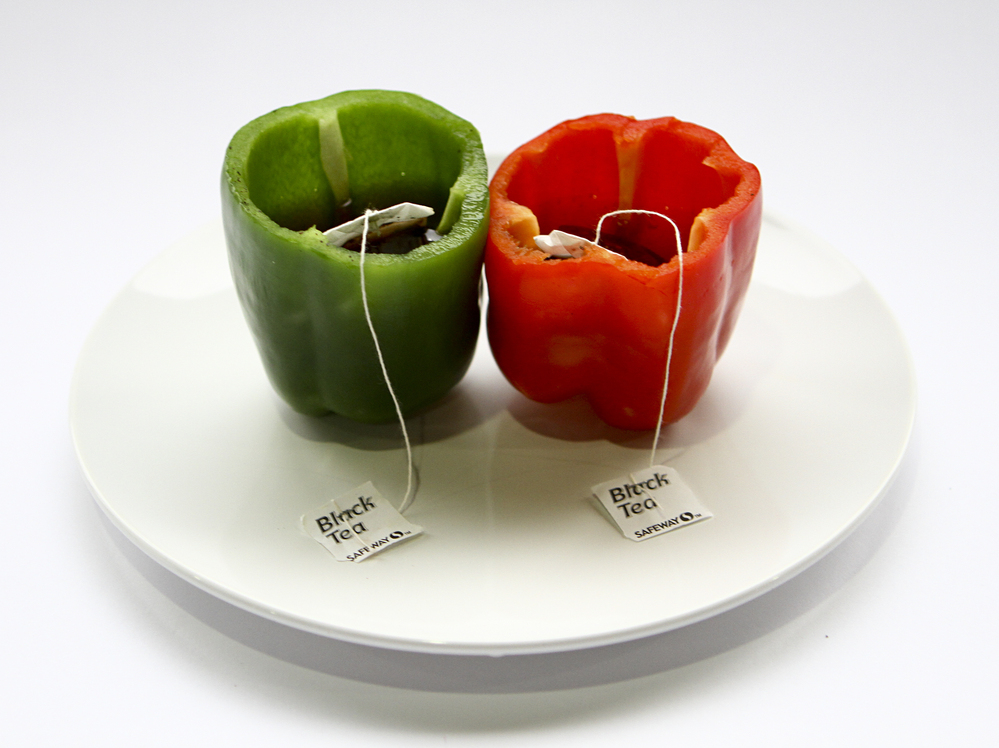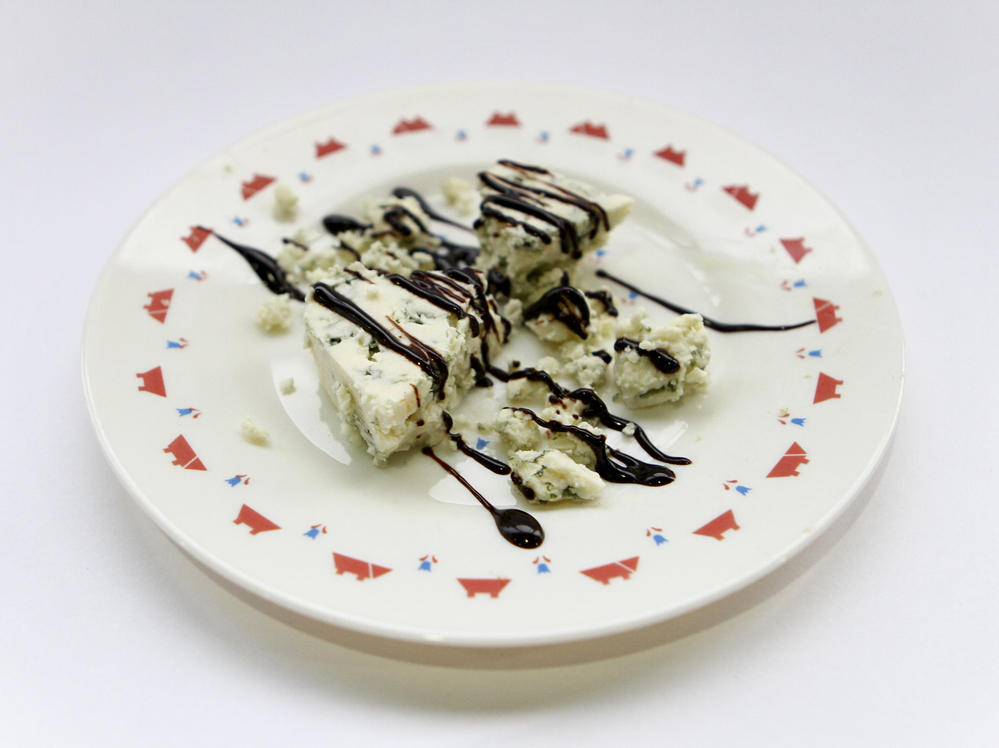Does bell pepper and black tea sound appetizing? A computer may think so.
Ryan Smith/NPR Does bell pepper and black tea sound appetizing? A computer may think so.Ryan Smith/NPR
Does bell pepper and black tea sound appetizing? A computer may think so.Ryan Smith/NPR Mario Batali, watch your back.
Computer scientists at IBM have already built a computer that can beat human contestants on the TV quiz show, "Jeopardy." Now it appears they're sharpening their intellectual knives to make a computer that might someday challenge the competitors on "Iron Chef."
This is no trivial pursuit. Beating humans in a quiz show was a high-water mark for the computer science field. It meant designing a computer that understood how humans think. Now the plan is to design a computer that can understand how humans dream up new ideas, including new recipes.
"The goal in computational creativity is to come up with new things that have never been seen before," says Lav Varshney, a computer scientist at IBM. (Watch him explain the idea in the video below.)
Why focus on food? "Because food is so visceral," says Varshney. Everyone eats. It helps define our culture."
Culinary creativity isn't just about coming up with something novel. Varshney and his colleagues are hoping to make a computer that will be able to come up with recipes that taste good and don't add to our waistlines.
So how do you turn a computer into a culinary genius? The first step is to give the computer access to a database of recipes that are already being used successfully. "Then we remix them, substitute things, do all kinds of other modifications and generate millions of new ideas for recipes," says Varshney.
How about some chocolate drizzled over blue cheese?
Ryan Smith/NPR How about some chocolate drizzled over blue cheese?Ryan Smith/NPR
How about some chocolate drizzled over blue cheese?Ryan Smith/NPR "The second step is to take those millions of ideas and find the best ones. To do that we try to predict what humans will find flavorful, based on some basic ideas from chemistry and psychology."
For example, they started with an idea known as the flavor pairing hypothesis. "The basic idea is that two ingredients that share a lot of flavor compounds will go together well in Western cuisine," says Varshney. (We wrote about a University of Cambridge study on this concept just last year.)
But Varshney and his colleagues are not just interested in things that are flavorful, but also food combinations that are perceived as novel — like bell peppers and black tea, blue cheese and dark chocolate — even turmeric and black currants. They have some ideas from information theory and psychology that will help them come up with more.
The computer has already spit out some interesting suggestions. For example, last week Varshney and his colleagues tried a computer-generated recipe that was a mash up of a Spanish paella and an Indian curry. "It had turmeric and some other Indian spices and potatoes, pork and beef and then it has a kinda of a mango rum topping," says Varshney.
And how did it taste? "I'm actually vegetarian so I didn't eat that one, but the team did," he says. "They thought it was pretty good."
Varshney is hoping that their work will lead to make school lunches more attractive to students. They also hope it will help combat obesity by finding dishes that will satisfy people's food cravings without the accompanying calories.
Varshney says the work to create to a computerized top chef is just starting. IBM doesn't expect the computer will be ready for prime time for five years or so.
No comments:
Post a Comment